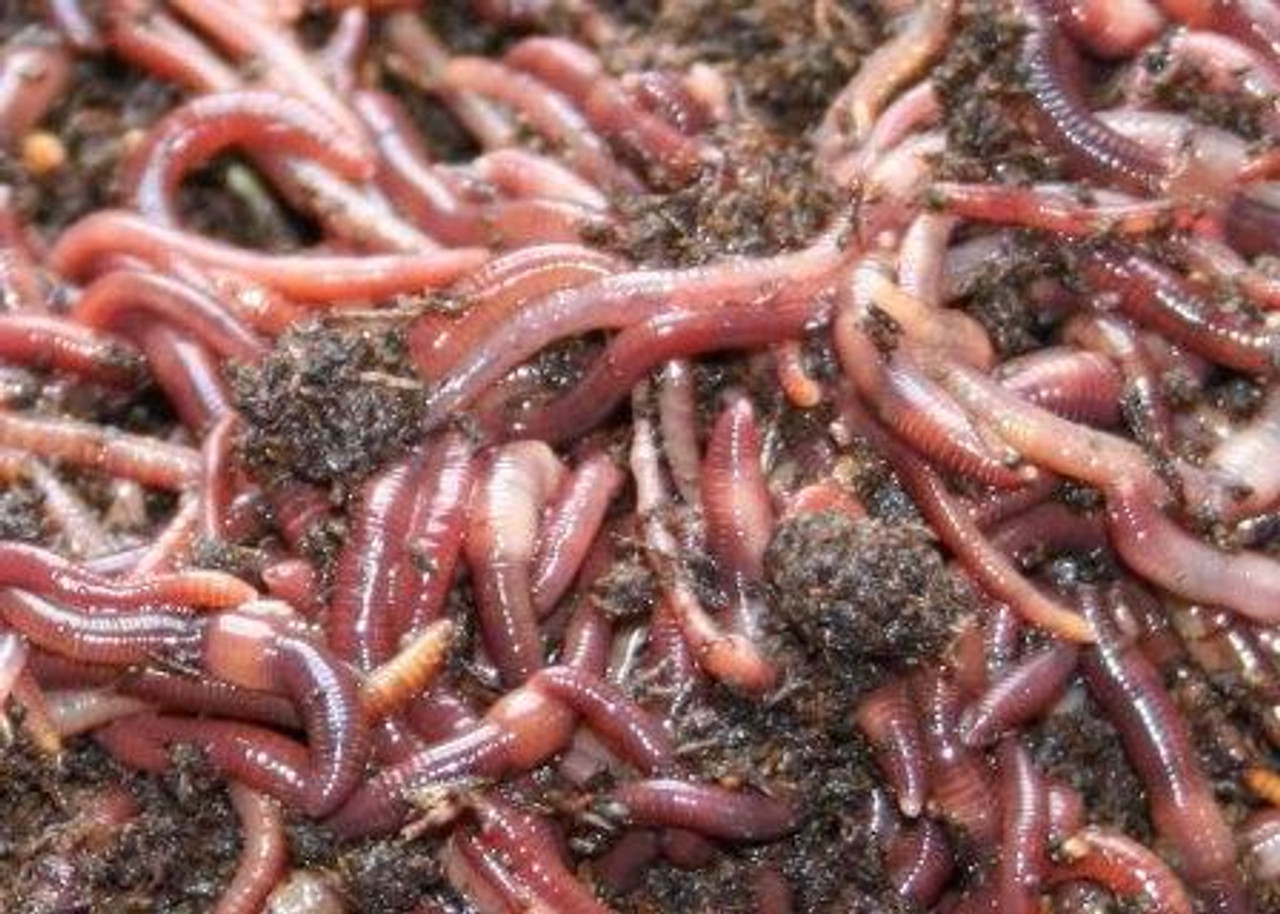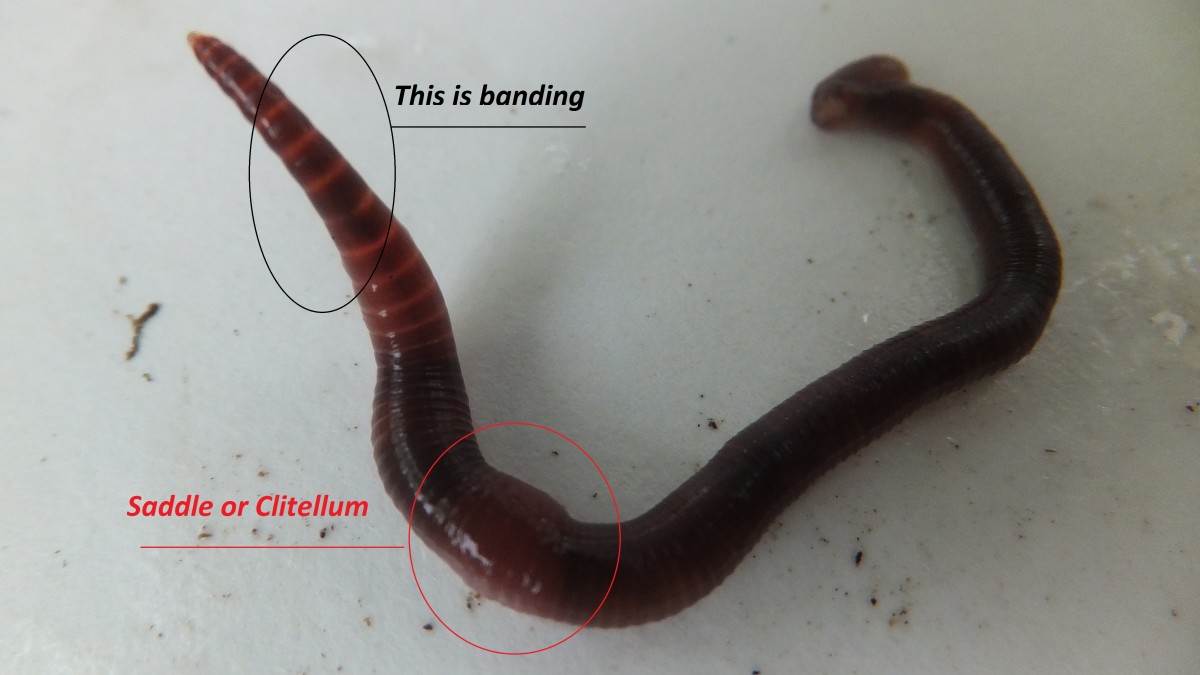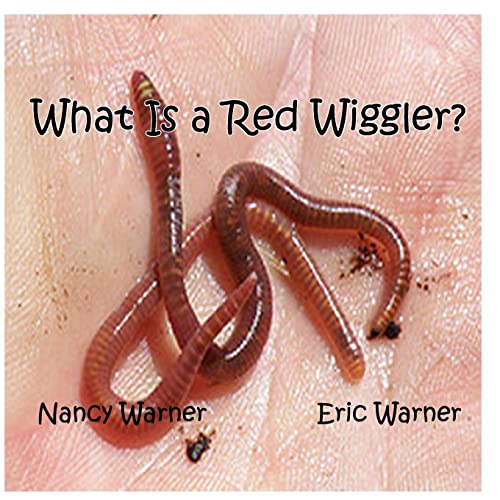Professional Lawn Care Help Powered by Lake Hickory Bait for Stunning Results
Professional Lawn Care Help Powered by Lake Hickory Bait for Stunning Results
Blog Article
Red Wigglers: The Unsung Heroes of Organic Waste Recycling
Red wigglers, or Eisenia fetida, function as vital agents in the natural waste recycling procedure, transforming discarded materials right into important vermicompost. Their efficient malfunction of raw material not only enhances soil quality however likewise adds to lasting waste management methods. As the world significantly looks for services to battle waste build-up and improve agricultural productivity, comprehending the role of these worms ends up being necessary. What mechanisms permit them to prosper in compost atmospheres, and just how can they be efficiently used in both household and commercial settings? Discovering these concerns exposes the wider ramifications of vermicomposting in our ecological landscape.
What Are Red Wigglers?
The remarkable resilience of red wigglers, clinically known as Eisenia fetida, emphasizes their important function in natural waste recycling. These small, reddish-brown earthworms are typically found in decomposing raw material, such as compost heaps and manure heaps. Lake Hickory Bait. Unlike other earthworm varieties, red wigglers thrive in nutrient-rich atmospheres and are very reliable at damaging down organic products, making them important for vermicomposting

(Red Wiggler Express)Along with their function in waste decrease, red wigglers add to soil health by enhancing dirt structure and oygenation via their burrowing tasks (Lake Hickory Bait). Their visibility in composting systems not just boosts decomposition rates however additionally advertises a lasting approach to squander administration, highlighting their importance in ecological conservation efforts
Benefits of Composting With Worms
Composting with worms, especially red wigglers, uses countless benefits that enhance both waste management and soil health. First, these worms effectively damage down organic waste, transforming it into nutrient-rich vermicompost that enhances soil. This process accelerates decay, permitting a quicker recycling of kitchen scraps and other natural materials contrasted to standard composting approaches.
In addition, the vermicompost generated by red wigglers is teeming with advantageous microorganisms, which help boost dirt framework, oygenation, and dampness retention. This improves the overall health of plants, advertising strenuous development and enhanced yields in yards and farming settings. The use of worms in composting decreases the manufacturing of greenhouse gases, such as methane, contributing to an extra lasting waste management system.

Just How to Start Vermicomposting
Establishing a vermicomposting system is a simple process that can produce substantial advantages for both waste management and soil enrichment. To begin, choose an appropriate container, such as a plastic container or wood box, with adequate ventilation holes to guarantee appropriate air movement. The measurements need to preferably be about 2 feet by 3 feet, allowing sufficient area for the worms to grow.
Following, prepare bed linen product, which can contain shredded paper, cardboard, or coconut coir. This bed linens needs to be dampened to develop an ideal environment for the worms. Once the bedding is in place, introduce red wigglers (Eisenia fetida) right into the container, generally around one pound of worms for every square foot of surface.
Following the positioning of worms, include natural waste, such as fruit and veggie scraps, coffee premises, and crushed eggshells. Avoid adding dairy, meat, or oils, as these can develop smells and draw in insects. Place the bin in a shaded, temperature-controlled area to maintain optimum problems for worm activity. With these steps, you will properly launch a vermicomposting system that adds to sustainable waste management and improves your dirt.
Maintaining a Healthy Worm Bin
(Red Wiggler Express)Maintaining a worm container flourishing requires routine attention and treatment to guarantee the wellness of the red wigglers and the effectiveness of the composting procedure. Appropriate maintenance begins with keeping track of the dampness levels; the container should be moist but not soaked. A good guideline is to maintain an uniformity comparable to a wrung-out sponge.
Delicately mixing the bed linen and food scraps every couple of weeks avoids compaction and makes sure that all worms have accessibility to oxygen. Additionally, it is essential to feed the worms properly.
Temperature level law is another important element. Red wigglers prosper in an array of 55 to 77 degrees Fahrenheit. If the bin ends up being also warm or cool, the worms might come to be stressed - Lake Hickory Bait. Regularly examine for indicators of health and wellness, such as worm populace growth and the existence of healthy castings. By vigilantly handling these elements, one can preserve a robust and productive worm bin.
Effect On Sustainable Living
The effective upkeep of a worm bin not only profits the wellness of red wigglers however likewise contributes considerably to sustainable living techniques. By reusing organic waste, such as kitchen scraps and backyard debris, red wigglers help draw away considerable amounts of product from land fills. This reduction in waste not only lowers greenhouse gas discharges but additionally lessens the environmental burden connected with waste monitoring.
Furthermore, the castings created by red wigglers function as a nutrient-rich natural fertilizer, enhancing dirt health and advertising plant growth. This all-natural option to chemical fertilizers sustains sustainable farming and Lake Hickory Bait gardening techniques, minimizing reliance on artificial inputs that can harm ecological communities. Furthermore, worm composting fosters understanding of waste management, urging individuals and areas to adopt more lasting habits.

Verdict
In recap, red wigglers function as vital contributors to organic waste recycling through their effective decay of natural products. Their capacity to generate nutrient-rich vermicompost boosts dirt wellness and sustains lasting farming practices. By incorporating vermicomposting right into waste monitoring strategies, people and communities can considerably decrease waste while promoting environmental sustainability. The role of Eisenia fetida in fostering healthy communities highlights the significance of these organisms in achieving lasting living and boosting dirt fertility.
Report this page